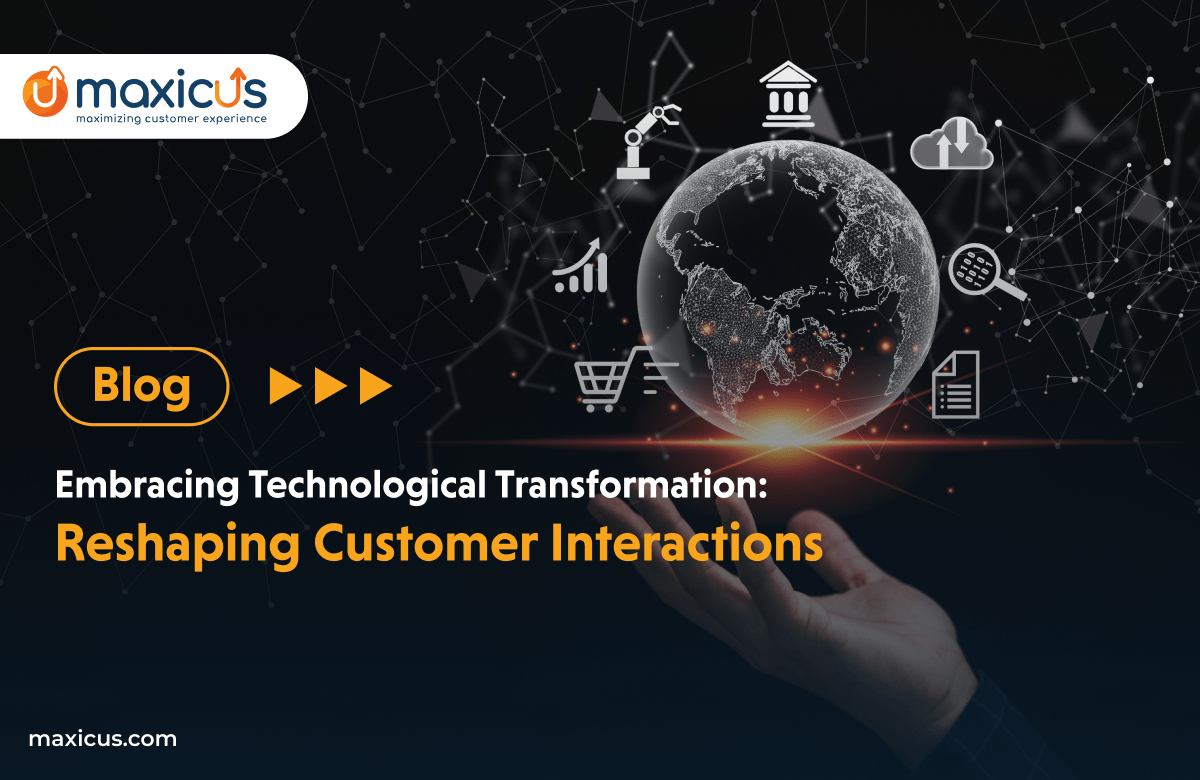Embracing Technological Transformation: Reshaping Customer Interactions
Disadvantages and Challenges
Security Concerns: According to a study by IBM, the average cost of data breaches is $3. 86 million. As technology is used widely in many firms, it makes it mandatory for firms to have strong security systems to enhance the protection of information.
Depersonalization Risks: The segment of ‘Consumer attitudes’ reveals that 59% of the consumers is of the view that companies are becoming inhuman. If automation helps in increasing efficiency, it may lead to failure in fulfilling some of the psychological aspects of customers.
Technical Glitches: According to salesforce, 57% of customers have abandoned their loyalty to a brand and company as they have moved to other companies with better treatment. The technology may fail to work as expected thereby altering the flow of communication which results in customers feeling annoyed.
Digital Divide: According to WB data there is a table which says 3. Here it is critical to remember that a whopping 7 billion people have no use of the internet. The inequalities in the access to socio-economic services may hinder technology usage, thus confining some groups of people to non-harmonious interactions with others.
Algorithmic Bias: MIT has pointed out that algorithmic bias favor certain members of the society in a way that reinforces the disparities. Using extreme amounts of algorithms to help in the decision-making process can be damaging as it is prejudiced, and this affects customers.
International Case Studies
Disney: Aeroevac MagicBand is a valuable tool for developing and improving visitors’ experiences throughout the parks and services offered to them.
Netflix: Delivers relevant content for the users based on advanced algorithms and techniques, and thus increases users’ loyalty level.
Airbnb: Generate trust and hassle-free reservation across the global using communication technology for peer-to-peer transaction.
Apple: Siri is an example of how AI layer outperforms itself to offer logical customer care regardless of the devices in use thereby cementing a human –device interface.
Embracing the Future
For business development executives, it important to understand and acknowledge the change that technology is bound to bring to the ways that customers engage. Therefore, if the advantages offered are nurtured, the challenges are managed, and the experiences of successful similar individuals or firms are adopted, engagement, satisfaction and loyalty can improve. Flexibility and creativity will be major factors in managing the emergence of new markets to ensure an increase in customers’ demands in different parts of the world.
References :










